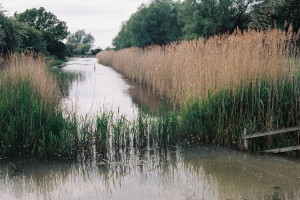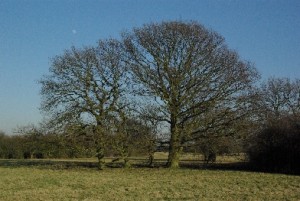Stow Cum Quy Fen lies to the east of the village and is open to public access, via footpaths and a track from the layby, just to the north of the village. The fen has a number of water filled pits which were excavated in the 19th century for coprolite, (dinosaur dung) and today act as host to a variety of wild life. Quy Fen Trust is responsible for the upkeep of the fen, which is a site of special scientific interest (SSSI), and is supported by Natural England.
History
Quy Fen spans about 73 acres and is the remains of a much large area of common land between the villages of Horningsea, Quy and Fen Ditton. As was the custom since Saxon times where less arable land lay outside villages, it was shared by the villages and used for for cattle grazing, hay cutting, wood cutting and fen digging. The villages were small, the total population being only about 70 when the Domesday Book was compiled in 1086.
A local historian, the late Peggy Watts, has written a comprehensive history of Quy Fen which is now available as a publication. Copies cost £5 plus postage, please email
andyclarke2 (at) protonmail.com. Proceeds go directly to the work of the Quy Fen Trust.
Quy Fen Trust is comprised of a small group of local people, including 2 representatives

from the parish councils of each of the villages of Quy, Fen Ditton and Horningsea. They prepare a three year action plan to keep the maintenance of the Fen moving forward, which includes pollarding of trees, bramble control, drain clearance and similar.
Natural England supply some funding to assist in this work, which is carried out by local people or their appointed contractors.
Natural England citation gives a description and the reasons for citation as an SSSI

